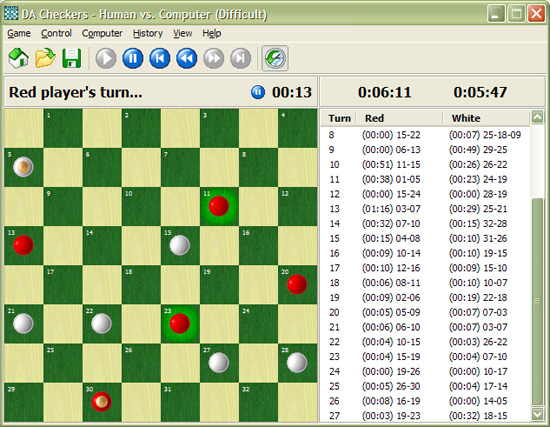
You must log in to Box Drive the first time you open it. (If you are using macOS 10.13 or later, continue below for additional steps.)
The system displays a notification when the installation completes. When prompted, select Install for all users of this computer and click Continue. Navigate to the location where you saved the file, then, double-click it. Note: If you are installing Box Drive on a device with an M1 chip, visit the Box Drive M1 Public Beta KB article to download and install the M1 compatible build. However, you may encounter a degraded experience. These tools install a third-party kernel extension and an icon in System Preferences, usually at the bottom of the screen.If your machine does not meet the recommended system specifications, you may still be able to install and run Box Drive. You might have a third-party driver installed if you use a product like Microsoft NTFS for Mac by Paragon Software, which enables full write access to NTFS-formatted drives. The exception is third-party drivers and system tools. Apple detects your hardware and provides you with the latest updates for your particular configuration. Generally speaking, you don’t need to worry about drivers if you’re using a Mac. How to Update Mac System Tools and Drivers User data is preserved by the installer once the app is updated. For example, ExpressVPN releases new versions as manual downloads that are installed on top of the old version using a. PKG installers can also be run to replace the old version of the app. 
RELATED: How to Install Applications On a Mac: Everything You Need to Know Once complete, drag the new version into your Applications folder and replace the old. Now head to the app’s homepage and check to see if there’s a newer version of the app available. You don’t need to worry about installing the wrong thing since Apple only provides updates that are relevant to your Mac. These updates make changes to the core operating system, including first-party apps like Safari and Mail, and they may include firmware updates for hardware and peripherals. These patches are referred to simply as updates and recorded in the version number, with 13.3 being the third major update to macOS 13. In between major updates, supplemental patches are deployed to fix bugs, patch security holes, and sometimes add new features and support for new products. How to Update Mac System Tools and DriversĪpple releases a new major version of macOS each year, usually around October.

Updating Apps Installed Outside of the Mac App Store

How to Upgrade macOS to the Next Major Version







 0 kommentar(er)
0 kommentar(er)
